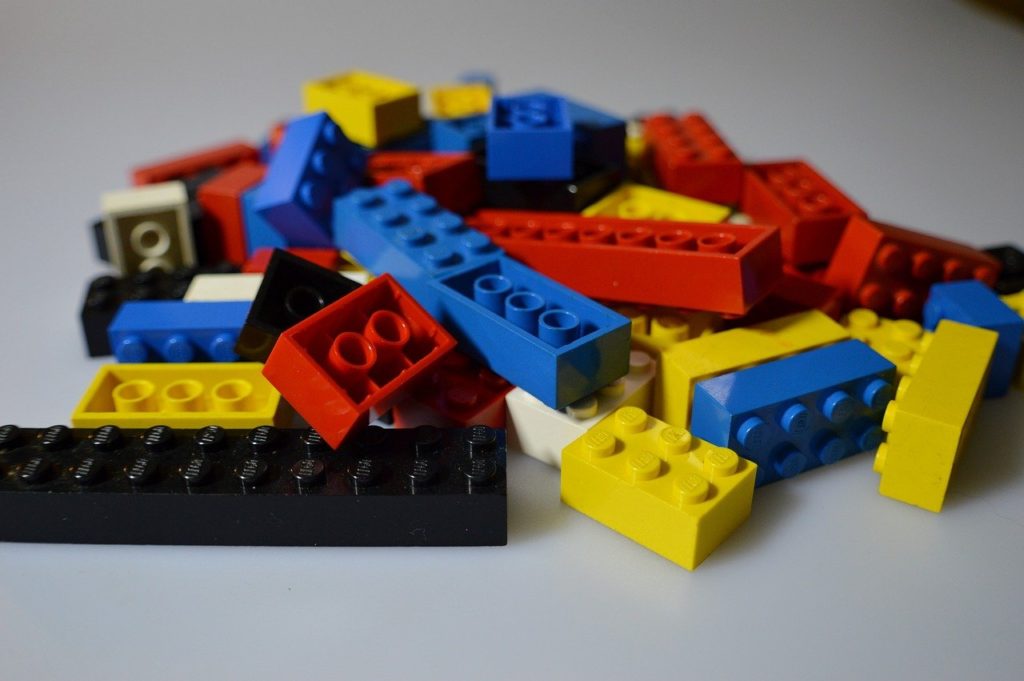
Cloudy Nights are Worse Than Rainy Days
I was definitely a bit smitten with the dark skies we had in Kopalino and what a difference that made for my imaging. No doubt about it, I need to find a way to increase my signal-to-noise ratio and given my light pollution situation in Krakow, I need to find a way to start star tracking.
I’m gonna have some time on my hands waiting for my next imaging session. Because it’s September here in Krakow and that basically means the clouds have settled in. With any luck, they’ll depart around April. I wish I was kidding. It gets a bit drab in these parts at this time of the year. Hey, at least the fog hasn’t rolled in yet.
So let’s start working on star tracking for my astrophotos. But you said that’s a future investment! Yes, I did – and it is. But with these cloudy skies and time to burn, I’m going to set about building my own star tracker. No better way to learn the basics of star tracking than to build my own device. So it’s time to up my fun with tracking.
What is Star Tracking?
Basically, stars in the sky appear to rotate around a fixed point. This isn’t happening because the objects in the sky are actually moving (Well, they are, but since they’re so far away their movement relative to us is negligible). What we are actually observing above us is the change in the Earth’s position around its axis of rotation. This means that the objects in the sky will appear to rotate around the Earth approximately once every day.
A star tracker is a device that works to effectively counteract the Earth’s rotation. So when the device is properly aligned, you can point your camera (or telescope) at an object in the sky and it will appear to be stationary in your field of view. You’re star tracking at this point or tracking your target in the sky. What this open’s up for you in terms of astrophotography is the ability to leave your camera shutter open longer. This allows gathering more light in each picture leading to better signal-to-noise and therefore better photographic results.
I’m going to try and build a star tracker! Now a small warning… I have an engineering background but I’ll try to keep it as simple as possible. More than trying to build something functional and useful, I want to try to inspire folks to be creative with their own ideas. And I’m happy to share.
Getting Started
I’m at least familiar with the engineering principles behind commercially available star trackers and I’m not overly scared of any of the potential challenges here. Not saying it’ll be as good as a commercial tracker, but it’ll be fun. I’m a bit concerned about sourcing parts though. So I need to keep it as simple as I can. If I assume that I can polar align my design, I should be able to simplify my camera movement around one axis of rotation.
This is the general idea behind barn door trackers and trackers like the iOptron SkyTracker. To then counteract the Earth’s rotation, I’ll need to move:
360 degrees = 1 Earth rotation in a day (I’m an engineer, not a mathematician – this is close enough)
24 hours in 1-day x 60 minutes in one hour = 1440 minutes in a day
360 degrees / 1440 minutes = 0.25 degrees per minute (oh, I like easy numbers)
OK, Seems doable!
What Kind of Star Tracking Device to Build?
There’s lots of information online about barn door trackers and this seems like the quickest and simplest solution. These come in a variety of flavors and can be operated manually or with a motor. Well, on that last point, there’s a reason I’m an engineer and not a surgeon. Manual trackers are off the table.
And as for simplicity? Please, I’ve never faced a challenge I couldn’t needlessly over-engineer. However, I want to spend as little money as possible on building my own tracker. Otherwise, I’ll sink more time, money, and frustration into this project than it would have cost me just to purchase one. Right, I want to over-engineer something that basically costs me nothing. Sounds alarmingly governmental.
To the Spare Parts Box!
Yeah, that box of spare electronic motors, lasers, gears, pulleys, and miscellaneous awesomeness that somehow magically avoids getting thrown away – much to my wife’s chagrin. I have all the electronics I think I need but I’m a little nervous that I don’t have a motor up to the task. Double doh – I don’t seem to have any functional stepper motors.
Time to think … Google – stepper motors. Yeah, not in this project’s budget. Not overly expensive by any means, but again I want to do this uber-cheap. Arg, think … Test the motors I do have. Yep, it’s obvious that I’m going to struggle to generate the torque I need to move 2 to 6 pounds of gear. Not to mention the challenge of controlling a DC motor with any long-term precision with spare gears and parts. Ok, let’s skip this challenge for now…
Think … What about a counterweight system? Hmm, could be a fun experiment but I want something stable and easy to set up and use. Maybe. Wind-up system? Ditto.
Ah, my brain is starting to hurt …
Cue the angels to start singing in the background – Legos!
Oh, Sweet Bricks!

I’m the proud father of four boys. This also means that over the years I’ve also been the proud purveyor of countless Lego sets. No matter where you are in our house, I can all but guarantee you’ll be able to spy a wandering brick or two. That is one building material that we have plenty of around here. And a couple of Lego motors too! Seems like I just solved multiple problems. I may need to bribe a couple of my kids to let me play with their toys, but heck, let’s go for it. Now time to start designing.
But first I want to lay some ground rules. No Legos shall be harmed in the making of this tracker. That means no cutting, drilling, or modifying bricks in any way. And no Cra-g-le either. Non-Lego pieces are OK and will be necessary to mount a camera. It totally has to look cool too!
Let’s give it a whirl.
Spoiler Alert
I’ll write a number of posts on this topic so stay tuned. But I’ll pause here to offer my perspective that engineering is really just the art of failure. Build, test, fail, redesign – lather, rinse, repeat. It’s the search for constant improvement. The process can be frustrating, but when you focus on finding small paths forward, it can also be exhilarating and fun.
At the time I’m writing this, I already have several failures versions of my design. And I’m at the point where my ideas are branching out along many different paths. Who knows, I might end up with multiple different concepts that all work in their own unique ways.
My point is. Engineering isn’t hard. Sticking to something and persevering is what is actually hard. Anyone with an interest in anything can be an engineer as long as they’re willing to stick with it.
Don’t be discouraged. Most of what I show that follows will only require basic maths. And if you don’t have the same Lego inventory – well, that’s the beauty of bricks – there are limitless solutions using what you do have. It’s more about making due than anything. That’s the real challenge and the real fun!
